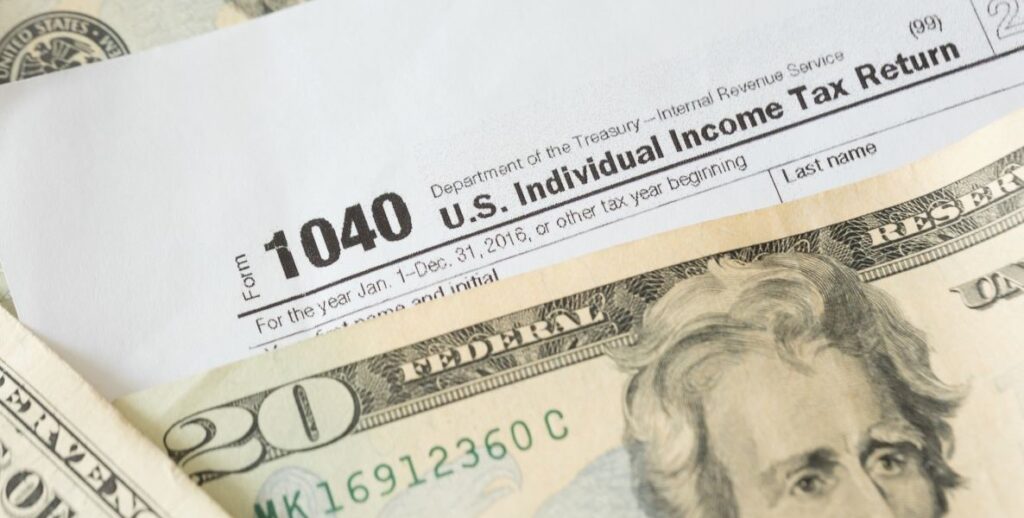How about a revolution in the way we get information from the government? I would love to bestow a Taxpayer Seal of Approval on government agencies when they share timely, informative data with the public on a regular basis.
Wouldn’t it be nice to know how many people got a paycheck from your state or town or local school district and how much all those paychecks cost the taxpayers? Well, information about government spending is readily available, but government officials seem to prefer to keep it under wraps.
Every employer, including Uncle Sam and every local and state government agency, is required to file quarterly payroll tax returns (941 Returns) with the federal and state and local governments. The 941 Returns include the total payroll paid in the quarter and the number of employees who were paid in that quarter. The returns must be filed within 31 days of the end of each quarter. For example, the reports for the quarter ending June 30, 2023, must be filed by July 31.
Let’s insist government agencies provide us with this information, which will keep us in the loop and keep them on their toes.
The media should request that information about government spending (I am referring to the total figure, not the individual employee info) and publish it every quarter. Heck, I bet printing that information could increase the sales of newspapers, which could publish school district data one week, township data the next, and state data in the third week. It could be a win-win for cash-strapped newspapers and the taxpayers.
Currently, some government agencies publish annual reports, which can be 100 pages or more. The reports are generally not available until many months after a fiscal year has ended. By that time, it is truly old news. Yet, each employer must file a W-3 report with their W-2s by January 31. The W-3 report shows the total number of W-2s issued and the total payroll expense for the year. Government agencies should be required to share that annual W-3 report.
Printing that information could increase the sales of newspapers, which could publish school district data one week, township data the next, and state data in the third week.
And yes, I know we could file a Right-to-Know (RTK) request for these documents, but government officials tend to stonewall you even after a state RTK mediator rules you are entitled to the information.
We should want this information for two key reasons. The first is because it is timely, relevant, raw data which will be virtually impossible to massage (even for the spin doctors working in government). The second is that today, every organization, including government agencies, have online access to bank accounts, tax returns, insurance policies, payroll reports, etc. Therefore, they have no excuse to make taxpayers wait months or years to get important information which is readily available.
Let’s insist government agencies provide us with this information, which will keep us in the loop and keep them on their toes. What if every government agency was required to publish a one-page report each quarter with the following data?
-
- Total revenue collected in the quarter.
- Total number of employees and total payroll expense reported on the quarterly payroll tax return.
- Total fringe benefit expense paid in the quarter.
- Total employee pension expense paid in the quarter.
- Total of all other expenses paid in the quarter.
- Total number of full-time equivalent employees at end of the quarter.
If you think this is a good idea, let’s start with our legislators in Harrisburg and Trenton and see if they’d like to earn a Taxpayer Seal of Approval. They can do that by enacting legislation requiring government agencies, including quasi-government groups like SEPTA and Turnpike Commissions, to distribute this type of information on a regular, timely basis.
Once state and local government agencies have agreed to provide us with information about government spending, we can focus our attention on the federal government and its cabinet heads and get them to follow suit.
Tony Lynch is a financial analyst who has worked for a suburban Philadelphia mergers and acquisitions firm for more than 25 years. In that time, he has reviewed the tax returns, financial statements, and business records of more than 1,000 companies. That includes more than a few 941s and W-3s.

